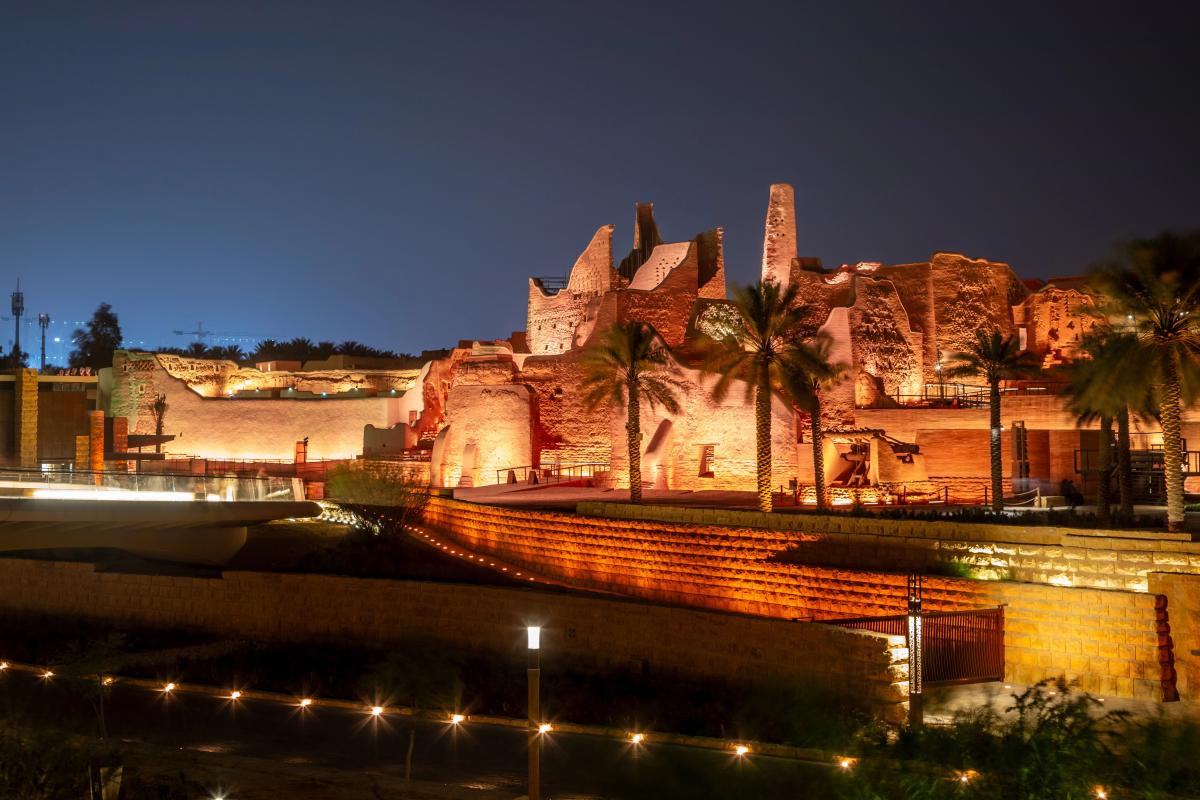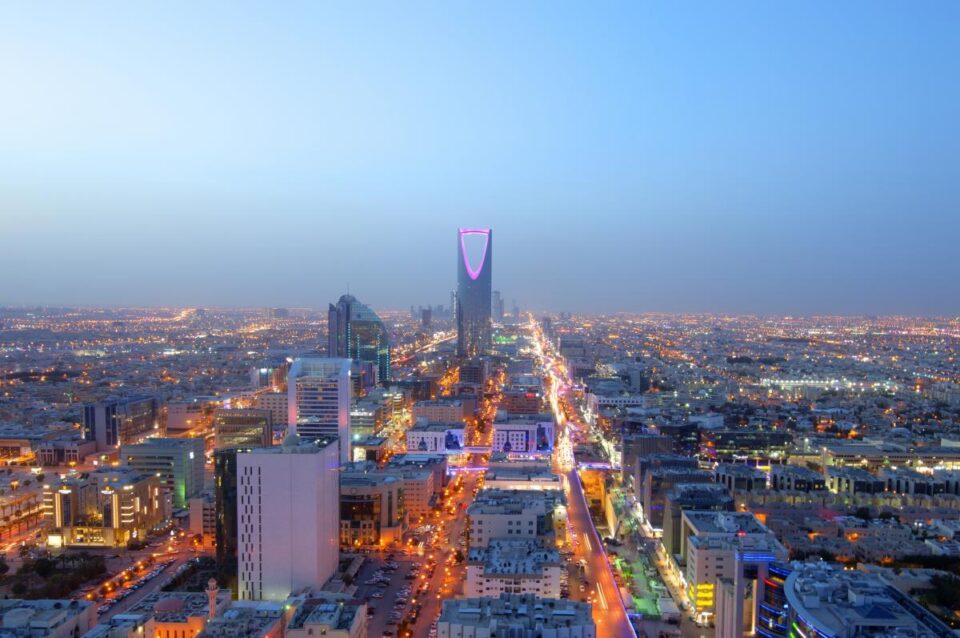This city in the middle of the desert is able to provide such a diverse holiday that even the most fastidious tourists will be satisfied.
Travelers looking for a unique urban getaway are increasingly looking beyond traditional European hot spots.
Marrakech, Reykjavik and Dubai have already experienced a surge in popularity, but now there is another, more unexpected destination: Riyadh, writes The Independent. Located in the heart of the Arabian Peninsula, the capital of Saudi Arabia, as noted by the publication, is rapidly changing its appearance.
The country is increasingly opening its doors to the world, offering a fresh and uncharted urban landscape for adventure-loving tourists. All this is done as part of a project aimed at changing the country’s image. And, as the publication emphasized, this project pays dividends.
Once known primarily as a business center, Riyadh has experienced a cultural and architectural renaissance.
“Saudi Arabia is one of the most unusual countries I have ever visited. A lot has changed there in the last few years, and it’s moving in the right direction. People who decide to visit it will receive the warmest welcome and a place that may surprise them, ” one of the tourists shared his impression of staying in the country.
It is expected that by 2030, the population of Riyadh will reach about 9 million people (the average age in Saudi Arabia is only 29 years).
The city, located in the center of the country and surrounded by the desert, is now a bustling hub of straight boulevards and futuristic skyscrapers. And in the mid-17th century, Riyadh was just a small village before caravans crossing the Arabian deserts settled along the valley, where water and fertile land were available.
However, despite the rapid modernization, the historical roots of the country are very much honored and tourists can clearly see them.
As the publication noted, one of the best places to get a taste of the country’s historical roots literally is Najd Village, a restaurant that not only serves local cuisine in a traditional setting, but also shows a glimpse of the authentic life of Najd.
Diners sit on the floor on mats and pillows and enjoy delicious stews, deep-fried cheese sambos and large family portions of lamb served with fragrant kabsa rice. Thrill seekers can even try camel meat. Top it off with a cup of traditional Saudi coffee with cardamom and sweet dates.
Another place to experience the local culture is Diriyah, an area on the northwestern edge of the city that is said to be the birthplace of Saudi Arabia.

The historic district of Al-Turaif, famous for its mud-brick citadel that was once the heart of the first-ever Saudi state in the mid-1700s, has been designated a UNESCO World Heritage Site, and the nearby Bujairi Terrace is a complex of restaurants and boutiques, including fashion stores and interior items from local Saudi designers.
And the central district of Riyadh offers a completely different view. Al-Olaya, the city’s central business district, is the best place to see Saudi Arabia in the 21st century, and the most spectacular vantage point is from above. From a height of 300 m at the top of the Royal Tower, the whole city appears to you like a toy town from the Sky Bridge observation deck.
At ground level and a few miles from the city center, where millions of bright lights are replaced by several dozen twinkling lanterns, the Dunes and Dates Desert camp combines stargazing, camel riding, sandboarding on the dunes and a delicious Arab feast.
When it comes to overnight accommodation, there is no shortage of options, as Saudi Arabia is experiencing a boom in new hotels. One of the most charming and remarkable is Bab Samhan (£400 per night) in Diria. Although it is built in a traditional mud brick style, there is nothing simple about this place. From shady courtyards to bedrooms with beautiful geometric patterns, the property is an exceptional example of Saudi hospitality.

